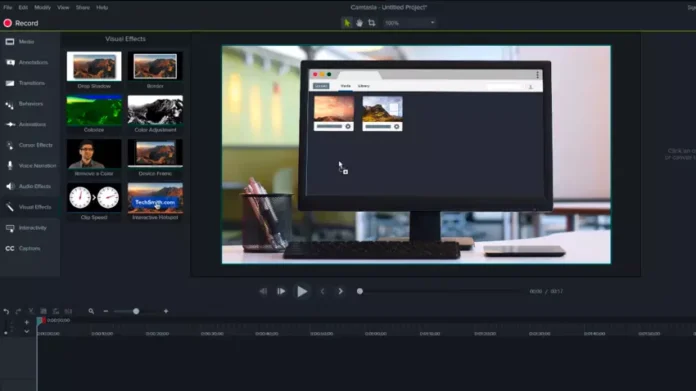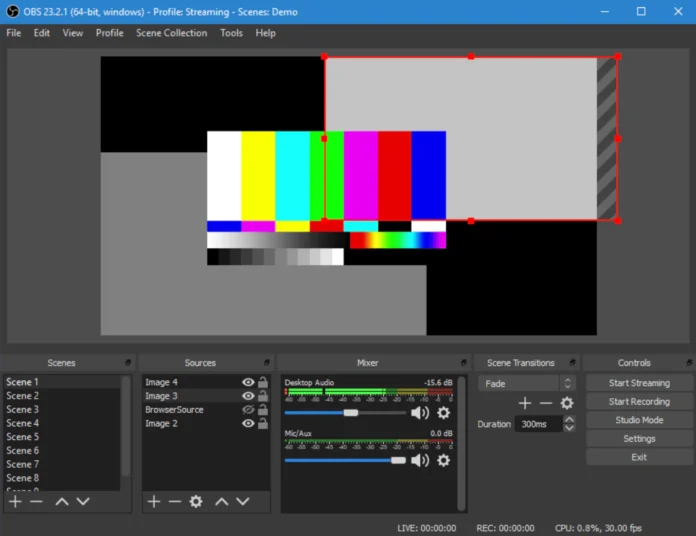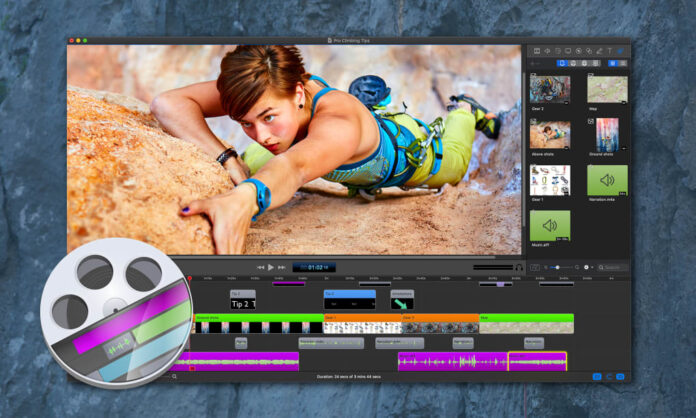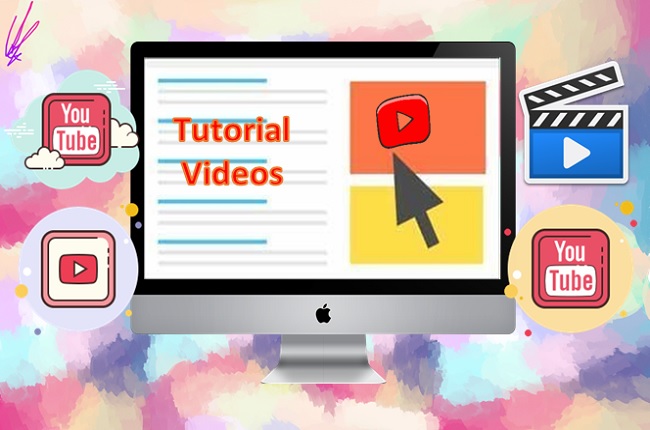Making video tutorials is a great way to teach people about a particular topic. Not only can they watch them on their own time, but they can also share them with others. In fact, tutorials are one of the most popular forms of content on the web today. Which software is the best for making video tutorials? There’s no one answer to this question. However, there are several software options that are good for making tutorials. If you’re looking for a simple solution, you can use VideoStudio or Windows Movie Maker. Whatever software you choose, make sure to research it before starting your project. This will help ensure that you get the most out of your software and that your videos look great when they’re done.
Different types of software for making video tutorials

There are a variety of different software programs available for making tutorials, and what works best for one person may not be the best option for another.
Some popular options for editing include Adobe Premiere Pro, Apple Final Cut Pro, and Avid Media Composer. Each program has its own strengths and weaknesses, so it’s important to choose one that is best suited to the specific needs of your project.
Some tips for choosing the right software include considering the type of video you want to make, the level of expertise required to use the program, and the budget constraints.
What is a screen recorder?

Screen recording software is a type of software that allows users to capture and save the output from their computer screen. This can be used for a variety of purposes, such as documenting how a program works or making a video of how to do something. It’s especially helpful for bloggers and video bloggers, who can use it to record how their posts are looking on different devices and resolutions. Different screen recording software may have different features, and some may be free while others may require paid subscriptions.
Some screen recording software can be used to capture everything that’s happening on your screen, while other software may only be able to capture specific parts of your screen. Some programs also allow you to save the recordings as videos or images, while others only allow you to save them as files.
Whatever type of screen recording software you choose, be sure to read the instructions carefully before starting. You might also want to consider buying a second copy of the program in case one of yours becomes lost or stolen. With proper preparation and practice, screen recording will soon become one of your favorite tools for documenting and sharing your work online!
Here are five of the most popular:

- ScreenFlow: This program is well-known for its ease of use and versatility, allowing you to record video, audio, or both at the same time. You can also add annotations and titles to your recordings, making them easier to follow.
- Camtasia: This software is similar to ScreenFlow in terms of its features and usefulness, but it’s also more affordable. It also has a user-friendly interface that makes it easy to get started.
- iMovie: Apple’s own screen recording software is perfect for users who want a high-quality product with all the bells and whistles. It offers support for a variety of formats and can be used on both Macs and PCs.
- Sony Vegas Pro: This program is known for its high level of quality and flexibility, making it ideal for creating polished videos that will look professional when published online or used in presentations or other projects.
- Adobe Premiere Elements: This software is geared specifically towards video editing, which means that it has many features designed specifically for screen recording purposes. While it may not be as user-friendly as some of the other options listed here, its quality makes it worth considering if you’re serious about producing high-quality recordings.
How do you make a good tutorial video?

There are a few things to keep in mind when making a tutorial video. The first is to make sure the video is actually helpful for your viewers. If it’s not, they may not be likely to watch it or even remember how to use your product after watching it. Secondly, you want to make sure the video is easy to follow and doesn’t have too many jumps in between sections. This will help ensure that viewers don’t get confused and end up wasting time watching something they could have been using your software for instead. Finally, consider using interesting visuals and animations in your video so that viewers feel engaged while watching.
The best features to look for in a video tutorial software
- Easy to use. The best video tutorial software programs should be easy to use, and not require too much computer knowledge.
- Lots of features. Most tutorial software programs have lots of features, including tools for recording and editing your videos, sharing your content online, and more.
- Flexible output formats. Many programs allow you to output your videos in a variety of formats, including MPEG, AVI, MKV, and MP4 files. This makes it easy to share your videos with others or use them as teaching materials.
- Widely supported platforms. Best video tutorial software programs are widely supported by different platforms, including Windows, macOS, iOS devices, and Android devices. This means that you can easily create and share videos using the program on whichever device you choose.
Conclusion
If you’re looking to make great video tutorials for your website or blog in the coming year, then there are a few different software programs that could fit the bill. Adobe Premiere Pro is a popular program that can be used to create high-quality videos, while Camtasia Studio is a newer option that has become extremely popular in recent years. Both of these programs are relatively expensive, but they may be worth it if you want to produce quality videos that will help your audience learn more about your products or services.









